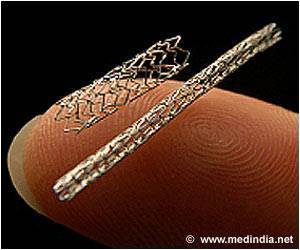New risk score predicts coronary artery disease in chest pain patients, says study published in BMJ.

Chest pain may be the first sign of the condition so current guidelines recommend using one of two prediction tools (the Diamond & Forrester model or the Duke Clinical Score) for patients with chest pain to help doctors estimate their risk and decide if further tests are needed.
However, questions about the accuracy of these tools have been raised.
So a team of European researchers decided to develop an improved prediction model using a range of variables with known links to coronary artery disease. They analysed data for 5,677 patients (3,283 men and 2,394 women) with chest pain but no previous history of heart disease from 18 hospitals across Europe and the USA.
Their basic model predicted coronary artery disease according to age, sex and symptoms. A clinical model included risk factors such as diabetes, high blood pressure, elevated lipid levels and smoking, while an extended model added the coronary calcium score (a measure of calcium in the coronary arteries that is associated with the presence of coronary artery disease and also determines the risk of a coronary event).
Their results suggest that the Duke Clinical Score (the tool that is currently recommended by the NICE guideline) significantly overestimates the probability of coronary artery disease.
Adding the coronary calcium score improved the prediction event further.
Because the implementation of the NICE guidelines requires an accurate estimate of the probability of coronary artery disease, the authors conclude that their model "allows doctors to make better decisions as to which diagnostic test is best in a particular patient and to decide on further management based on the results of such tests."
Source-Eurekalert
 MEDINDIA
MEDINDIA



 Email
Email








